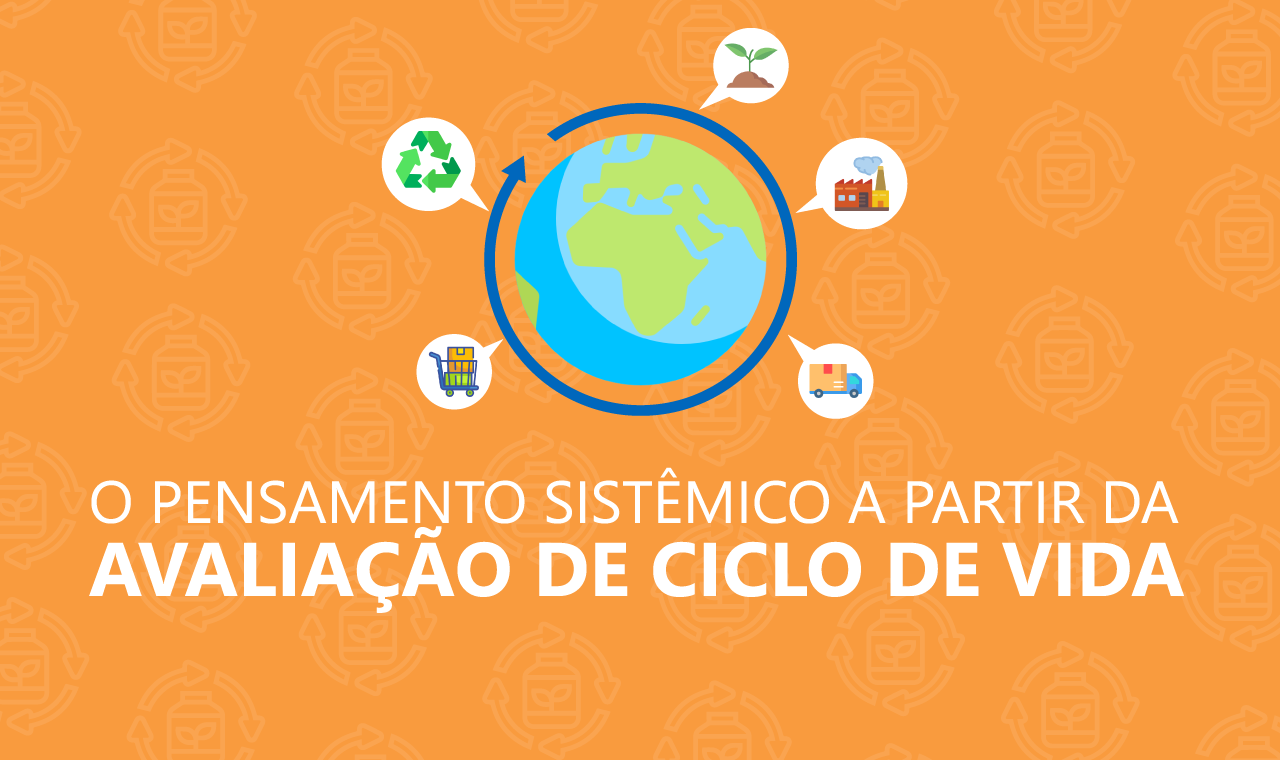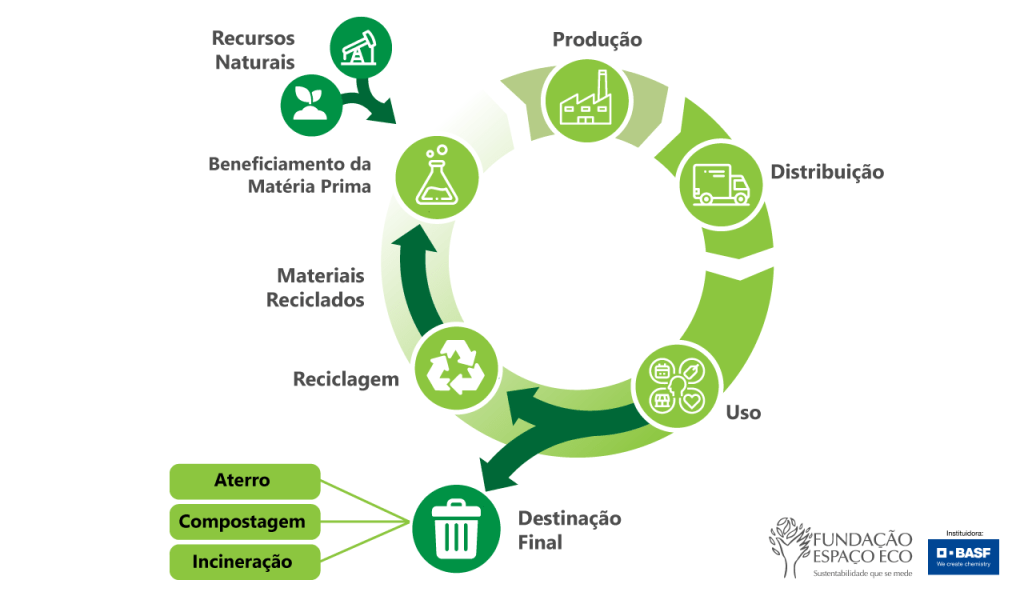
Every day we are always making decisions, even if we often don't even realize it. Do you want to get around: do you go on foot, by bicycle, car, motorbike or bus? And to light the house: what type of lamp to use? Want to cool off: turn on the air conditioning or open the windows? And, when it comes to choosing products on the market, what are your criteria? We usually choose out of habit, according to our preferences and financial resources, but we rarely stop to think that our decisions can have an impact on the environment, the economy and society. If we investigate where the products we consume come from, we may be surprised!
Each product has a story, from the moment raw material extraction begins, through production, distribution and marketing, until it reaches the final consumer. It does not stop there. Then we still have waste, which can become trash – but can also be recycled or reused.
With all this in mind, what should we take into account when choosing a product? Just the price and quality? If we understand everything that is involved in production, can we make a good decision for ourselves that is also more responsible?
Life cycle
Analysis of a product's life cycle provides important information from an environmental, social and economic point of view regarding: aspects of material extraction; options for forms of production, need for lower-impact substitutes; quantitative data on the expenditure of energy, water, minerals and other resources and other natural resources waste generated in production, labor involved

Life Cycle Assessment (LCA)
Growing awareness of the importance of environmental protection and the possible impacts associated with products, both in their manufacture and consumption, has increased interest in developing methods to better understand and deal with those impacts. One of the techniques being developed with this objective is Life Cycle Assessment (LCA).
ACV can support decision-making in your business, as it allows:
- – Identify opportunities to improve the environmental performance of products;
- – Integrate information distributed in industry and in governmental or non-governmental organizations (aiming, for example, at strategic planning, defining product or process development priorities);
- – Measure different relevant environmental performance indicators (e.g. carbon footprint)
- – Differentiate solutions based on an environmental variable (e.g. in the preparation of environmental labeling or environmental product declaration).
Life Cycle Assessment focuses on environmental aspects and potential environmental impacts (e.g. resource use and the consequences of releases to the environment) throughout the entire life cycle of a product, from the acquisition of materials to raw materials, production, use, post-use treatment, recycling until final disposal (that is, from cradle to grave).
Fundação Espaço ECO can help your business measure environmental impacts throughout the life cycle of your products and services, supporting decision-making that optimizes processes, differentiates your portfolio and promotes sustainability in your value chain. Speak to one of our experts.
Share